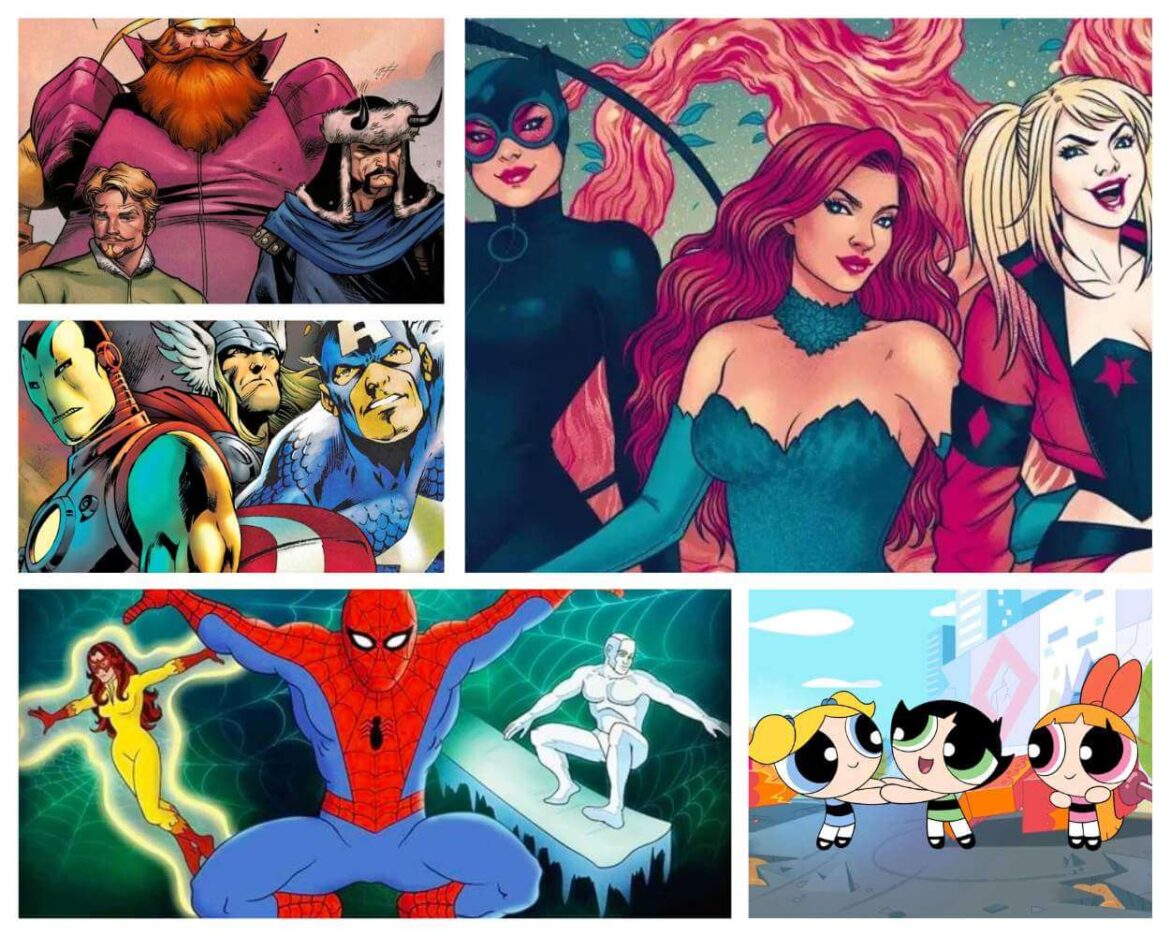Some well-known superhero trios, such as DC’s Birds of Prey (Batgirl, Black Canary, and Huntress) or Marvel’s Warriors Three (Fandral, Hogun, and Volstagg) from Thor comics, have proven to be very effective.
Superhero mashups invigorate comic book readers, who regularly immerse themselves in these exhilarating collaborations. These team-ups can manifest as standalone events or give birth to incredible groups like the Justice League, Fantastic Four, X-Men, or Avengers.
Each of these teams flaunts dozens of members, except for the Fantastic Four, which faithfully maintains its quartet of heroes.
Yet, superhero trios frequently elude notice. Despite their distinctive compositions, they command less attention in the comic universe. However, there remain powerful trios throughout the years that have made significant marks.
Superhero Trios
Let’s be honest, while single heroes like Superman and Spider-Man hold their iconic statuses; there’s an undeniable thrill when a trio of super-powered heroes band together to protect the world.
13Birdman and The Galaxy Trio
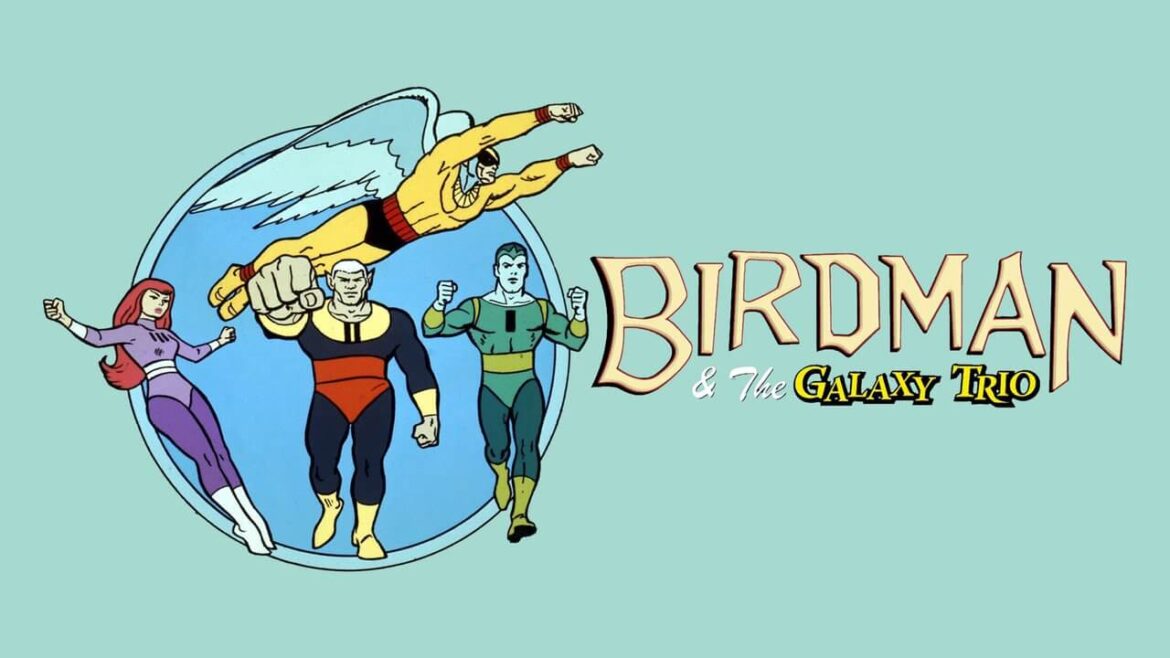
The Galaxy Trio, consisting of alien superheroes Vapor Man, Meteor Man, and Gravity Girl, patrols the universe in their spaceship, Condor One. They actively enforce the law on behalf of the Galactic Patrol agency, using their unique powers.
Vapor Man has the power to morph his body into gas, while Meteor Man can change the size of his body parts. On the other hand, Gravity Girl bends gravity to her will, allowing her to fly and move heavy objects.
In 1968, Gold Key presented the Galaxy Trio to the world in “Hanna-Barbera Super TV Heroes” #1. The Galaxy Trio segments punctuated the Birdman cartoons, adding a new flavor to the storyline. DC Comics has intermittently published stories featuring the heroes over the years.
12The Powerpuff Girls

Scientist Professor Utonium endeavored to create the perfect little girl by combining sugar, spice, and everything nice in a cauldron. Yet, a mishap involving a spill of Chemical X gave birth to the super-powered Powerpuff Girls – Blossom, Bubbles, and Buttercup.
These girls wield abilities such as flight, super strength, speed, enhanced hearing, animal control, flame breath, and invulnerability. Their main nemesis, Mojo-Jojo, is an evil monkey and the Professor’s former lab assistant. He was responsible for the Chemical X spill and is now hell-bent on taking over Townsville.
11Cyclops, Jean Grey, and Beast (original members of the X-Men)

Cyclops, Jean Grey, and Beast, as original members of the X-Men superhero team from Marvel Comics, constitute the Three X-Men. They debuted in “The X-Men” #1, a 1963 publication by writer Stan Lee and artist Jack Kirby. Together with Angel and Iceman, they formed the X-Men team’s foundation under Professor Charles Xavier’s mentorship.
10Birds of Prey – Superhero Trios
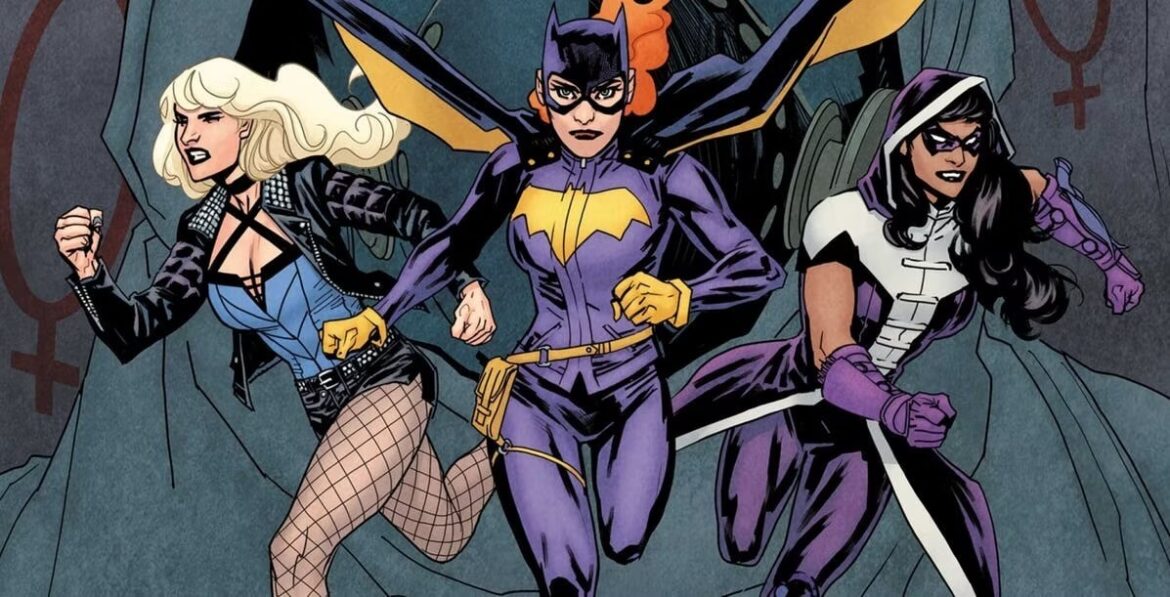
Huntress, Oracle, and Black Canary comprised the original Birds of Prey. Oracle initially teamed up with Black Canary, providing intelligence and cyber assistance. When the situation became dire, Oracle called for the help of Huntress. Their successful collaboration led to the creation of the Birds of Prey.
While they initially operated in Gotham, they moved to Metropolis and Platinum Flats. After returning to Gotham, Oracle integrated new members, Hawk and Dove, but the original roster remains the most popular.
Their debut was in “Showcase ’96” #3, written by Jamie Delano, Scott Ciencin, and Jordan B. Gorfinkel and illustrated by Jennifer Graves, Alexander Morrissey, and Gary Frank. Their TV series aired briefly in 2002, lasting only 13 episodes.
9The Wonder Twins and Gleek – 3 superheroes
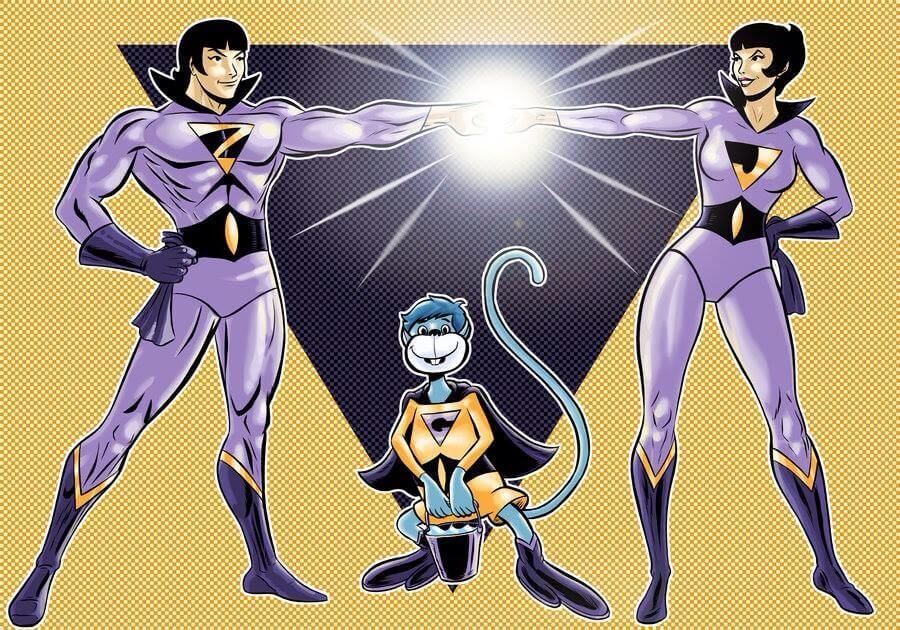
Zan and Jayna, extraterrestrial twin siblings, became a superhero team in the Hanna-Barbera animated series “Super Friends.” As superheroes in training, they often collaborated with the Super Friends. Activating their shapeshifting abilities requires a fist-bump and the utterance, “Wonder Twin powers activate,” followed by “Shape (or form) of [the object they transform into]!”
They are orphaned Exorian metals who grew up in an alien circus before traveling to Earth to alert the Justice League about Grax’s destructive plan.
Gleek, their pet monkey, is a vital team member, transforming the duo into a trio. With a prehensile tail, Gleek can help the twins link up if they’re too far apart by acting as a conduit.
8Members of the Green Lantern Corps
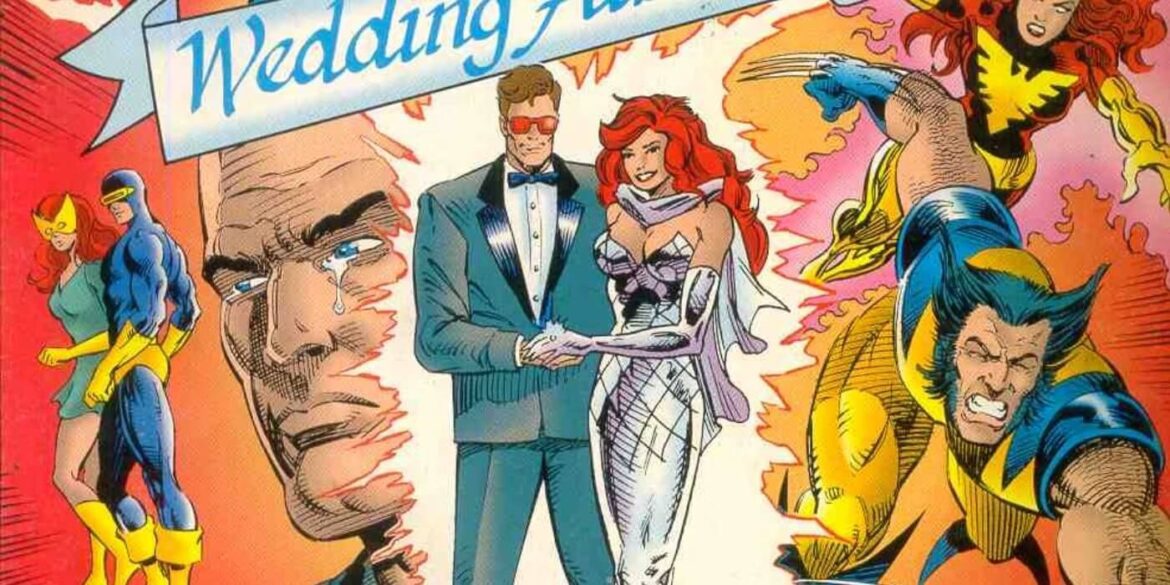
Serving as an intergalactic police force in the DC Comics universe, the Green Lantern Corps has members from numerous planets and sectors throughout the cosmos. Each Green Lantern uses a power ring, a highly sophisticated tool that allows them to fabricate energy constructs and offers several other abilities, like flight and language translation.
Among the thousands of Corps members, a trio of the most well-known and popular Green Lanterns often occupies center stage in comic book narratives. This trio comprises Hal Jordan, John Stewart, and Kyle Rayner, each of whom has been Earth’s primary Green Lantern at different times and has played a vital role in safeguarding the planet and the universe from various threats.
7Warriors Three – Marvel Trios
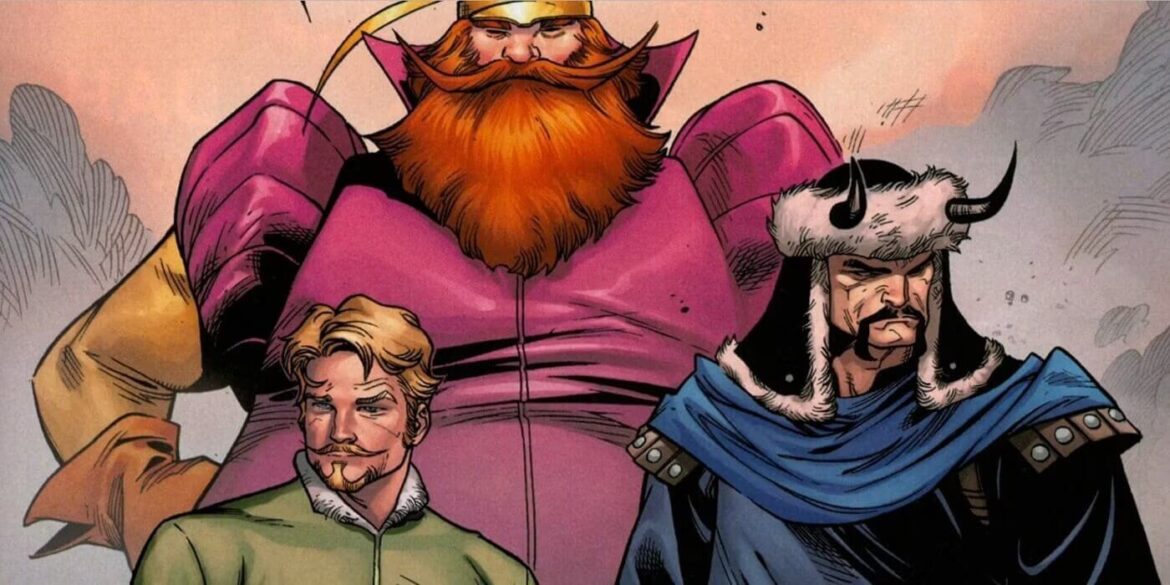
Marvel Comics Warriors Three, comprising Hogun the Grim, Fandral the Dashing, and Volstaff the Lion, stand as Thor’s closest friends and allies. These Asgardian warriors frequently battle at Thor’s side. In “Thor” and “Thor 2” in the Marvel Cinematic Universe, Tadanobu Asano, Josh Dallas (Zachary Levi in the second film), and Ray Stevenson portrayed them.
Stan Lee and Jack Kirby introduced the trio in “Journey into Mystery” #119 in 1965, and they’ve been featured in hundreds of comic books since. Unlike other Norse Gods, the Warriors Three have no classical counterparts, marking them as unique in the Marvel Universe.
6Spider-Man and His Amazing Friends
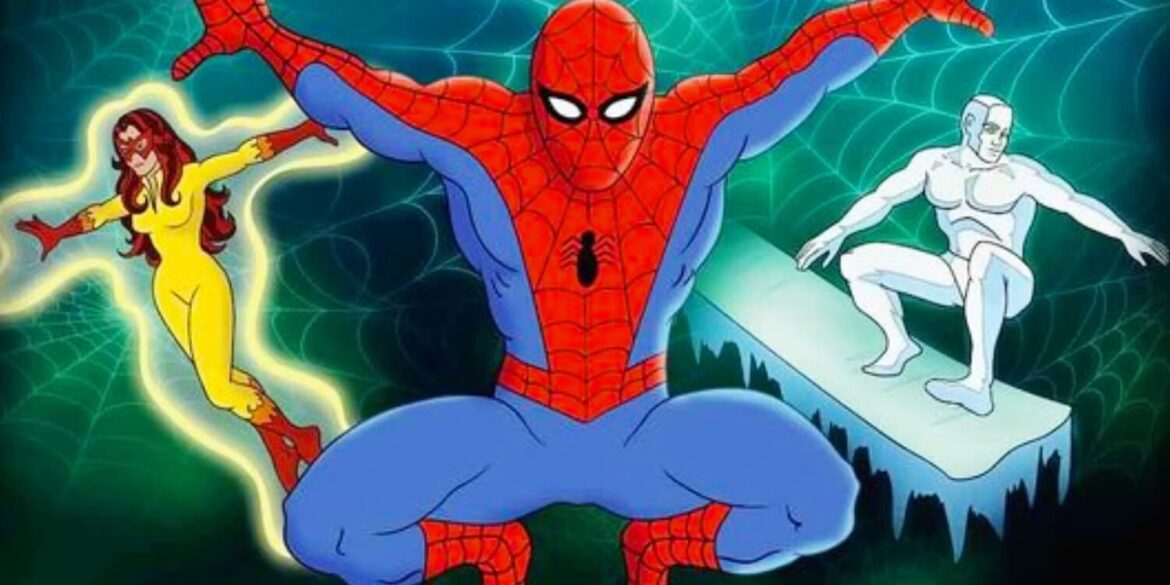
In the 1981 animated TV series “Spider-Man and His Amazing Friends,” Spider-Man, Iceman, and Firestar, collectively known as the Spider-Friends, take on villains while attending Empire State University. Their first combined effort saw them defeat the villain Beetle, who had stolen Tony Stark’s Power Booster armor. Recognizing their potent chemistry, they formed a team.
The team, including Firestar’s Lhasa Apso dog, Ms. Lion, moved into Aunt May’s house. Peter built a secret base in his bedroom, accessible by tilting a trophy.
5Gotham City Sirens – Female Superhero Trio
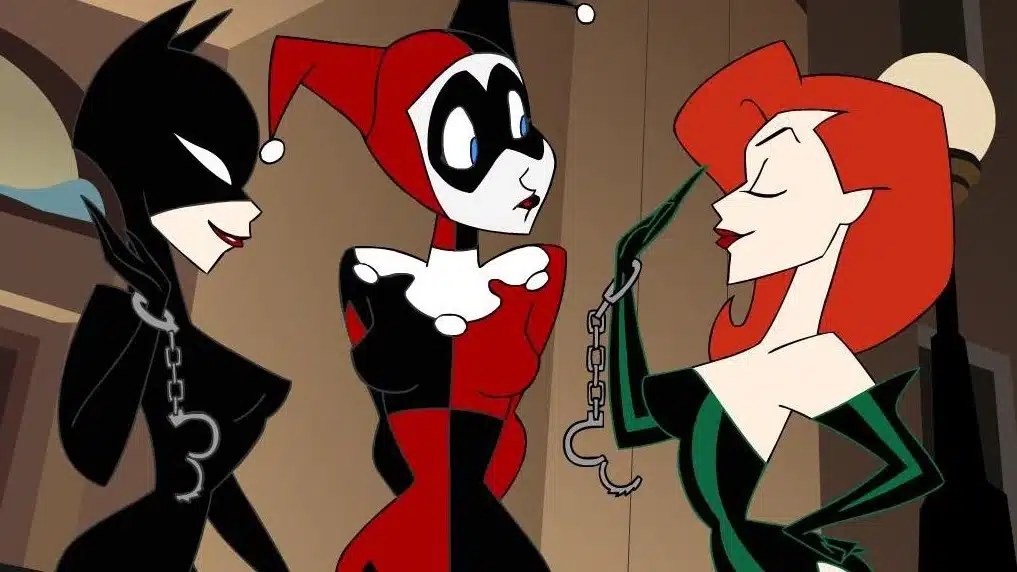
Including Catwoman, Poison Ivy, and Harley Quinn in a superhero trio list might seem odd given their frequent villainous roles. Yet, these Gotham ladies occasionally commit not-so-bad deeds. Paul Dini and Guillem March introduced the women as the “Gotham City Sirens” in a series where Ivy saves a near-fatally beaten Catwoman and brings her to the Joker’s old hideout, forming a team.
When DC launched “The New 52” in 2011, the series ended, and the ladies went their separate ways. Quinn joined the new Suicide Squad, Catwoman received her title, and Ivy became a part of the Birds of Prey.
4Batman & Robin & Batgirl
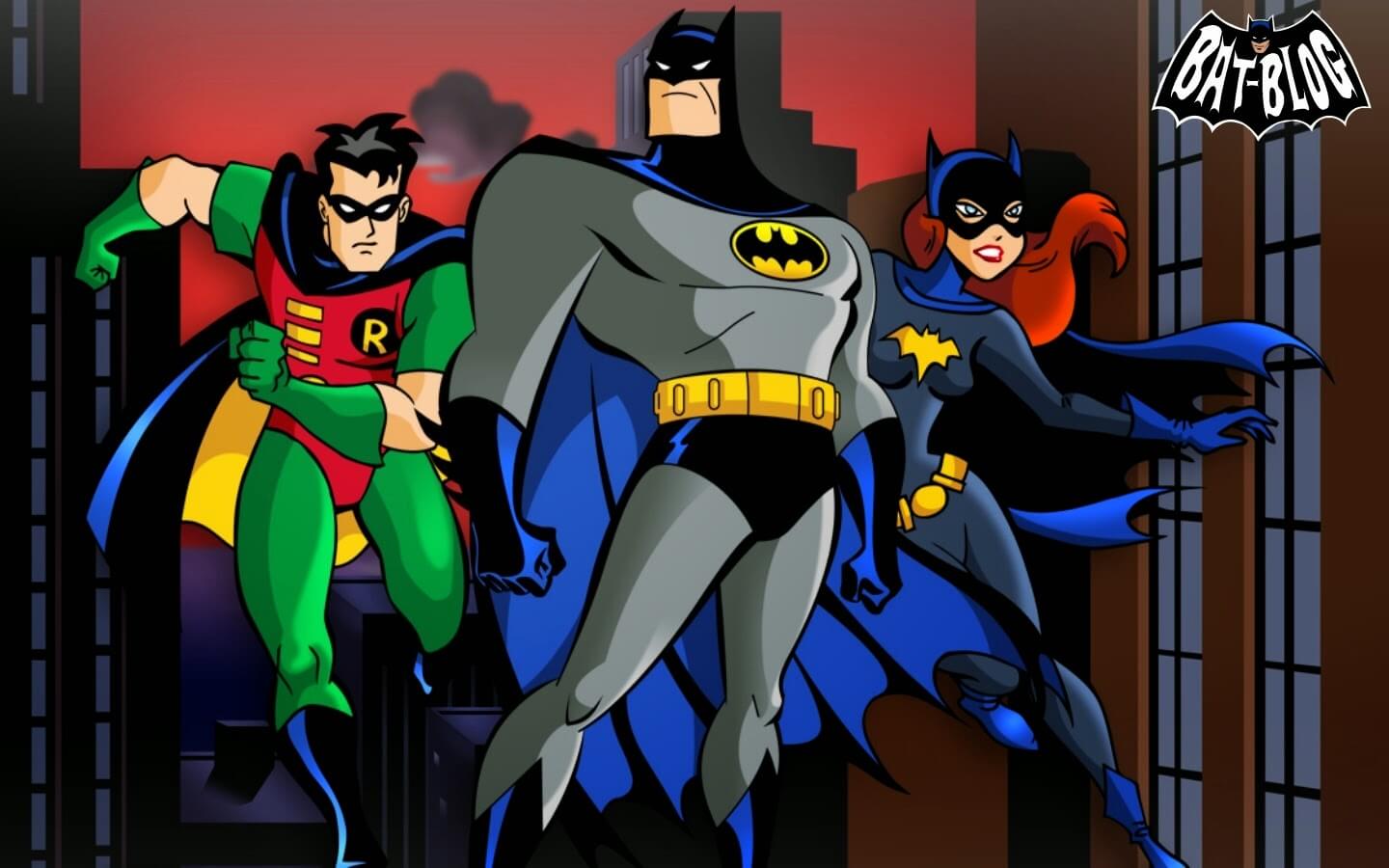
Batman and Robin occasionally partner with a third character, and Batgirl often joins the Dynamic Duo. Six women have taken on the Batgirl mantle in the history of DC Comics, with Barbara Gordon being the most well-known.
Gordon was first featured in “Detective Comics” #359 by writers Gordon Fox, Carmine Infantino, Henry Boltinoff, and Murphy Anderson. As part of the Batman Family, Gordon frequently teamed up with the Dynamic Duo in various adventures and gained prominence through her role in the original “Batman” TV show.
3The Defenders – 3 Superheroes
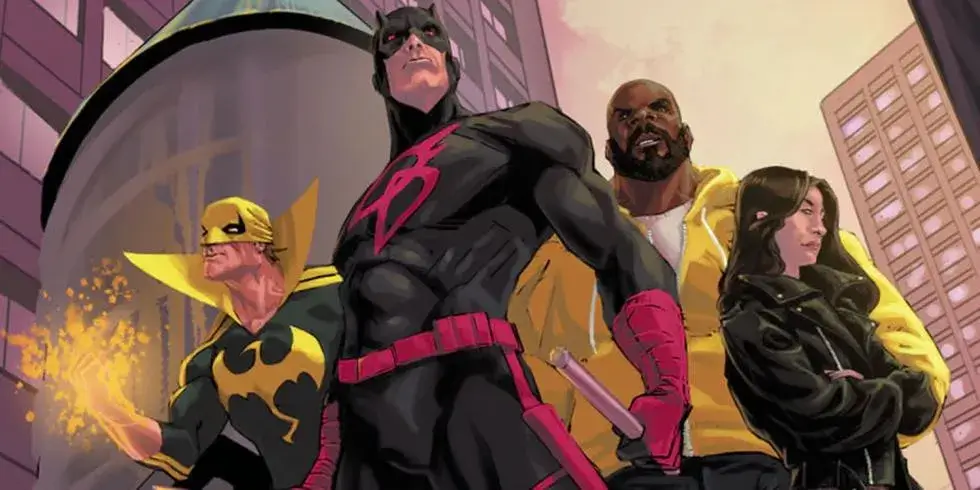
The original Defenders, introduced in the early 1970s, consisted of Namor, Doctor Strange, and the Hulk. A crossover event had these future members confront the Undying Ones and their leader, the Nameless One. Following this, the team officially formed and debuted in “Marvel Feature” #1 in December 1971, by Roy Thomas, Ross Andru, Don Heck, and Neal Adams.
“The Defenders” comic, which Steve Englehart and Sal Buscema created in 1972, followed the Hulk, Sub-Mariner, and Doctor Strange as they battled Necrodamus. They enlisted the help of the Silver Surfer to search for the Sentinel of the Skyways.
2Trinity – DC Super Hero Trio
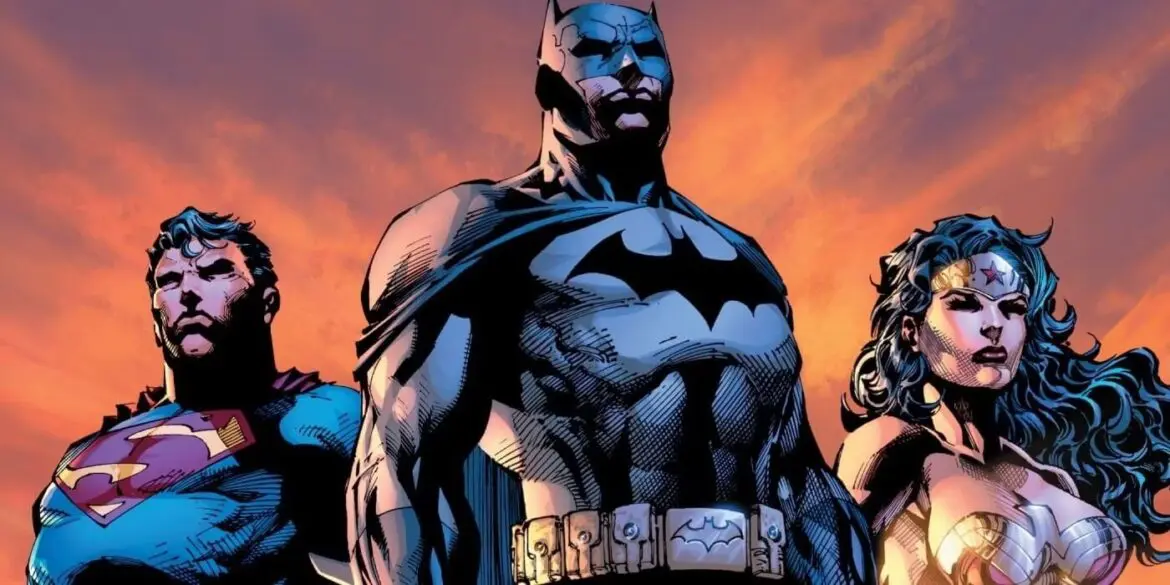
The original superhero trio is the DC Trinity of Wonder Woman, Superman, and Batman. As some of the most iconic characters in comic book history, DC frequently arranges crossover events and stories with them, even before the formation of the Justice League.
In 2003, DC released “Batman/Superman/Wonder Woman: Trinity,” a three-issue miniseries written and illustrated by Matt Wagner. Although it’s not the only story featuring the trio, it offers an insightful overview of their initial meeting before the Justice League’s inception.
1Avengers Prime – Marvel Trio
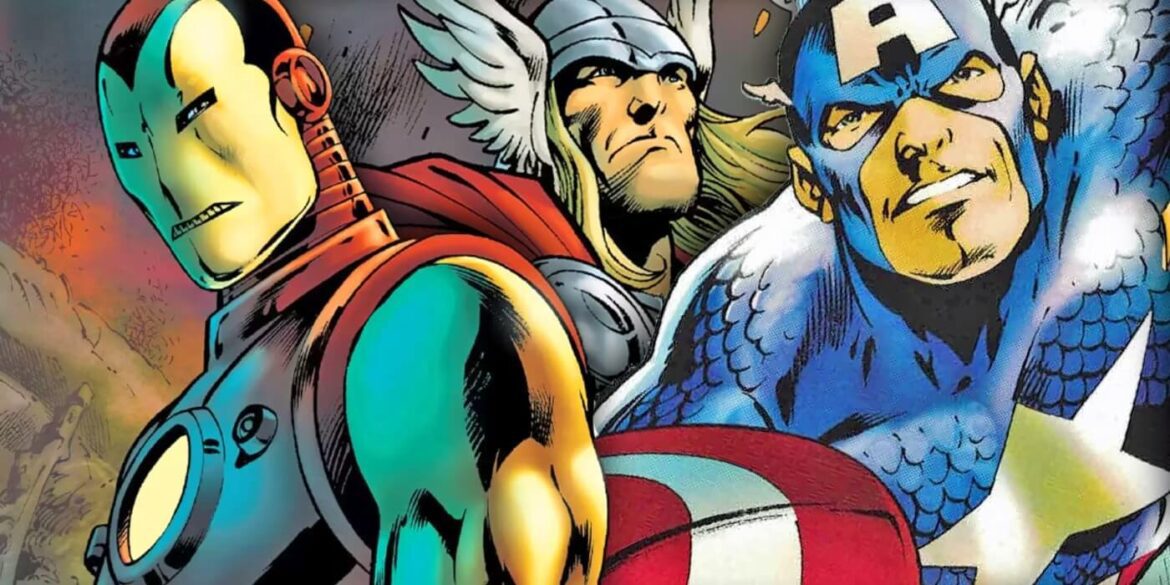
Marvel has its equivalent to DC’s Trinity with the Avengers Prime trio of Iron Man, Thor, and Captain America, who eventually formed the Avengers. In 2011, Marvel released “Avengers Prime,” a five-issue miniseries by Brian Michael Bendis and Alan Davis.
The story picks up after the first Marvel “Civil War,” which saw Steve Rogers and Tony Stark on opposing sides. Following the Siege of Asgard, the three heroes come together to fight a common enemy. But, rebuilding trust among those who have recently battled each other is challenging – except for Thor, who was technically dead during the “Civil War” as his clone caused mayhem.
Are Trio Superhero Groups Stronger?
The strength of a superhero group, whether a trio or a larger team, depends on many factors and not merely the number of members.
These factors can include the individual powers and abilities of the members, how well they work together as a team, their strategy and coordination, their leadership, and their collective experience, among other things.
Trios can often work more closely and effectively because of their smaller size. There are fewer personalities to manage, which can lead to less conflict and better unity. A tight-knit trio may also have better communication, faster decision-making, and more cohesive strategies.
However, larger teams can have a more diverse range of powers and abilities, which can be useful in different situations or against various enemies. They can also work in sub-teams, cover more ground, or handle more tasks simultaneously.
